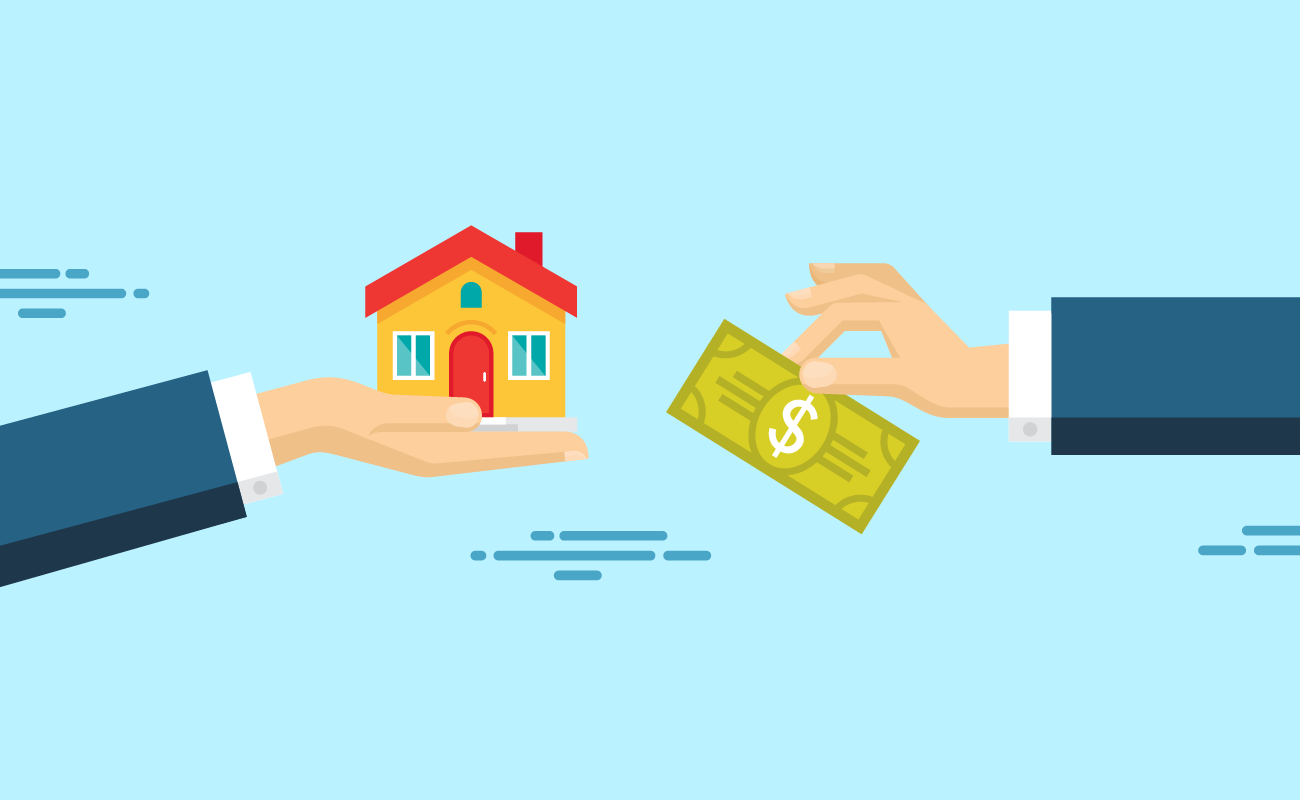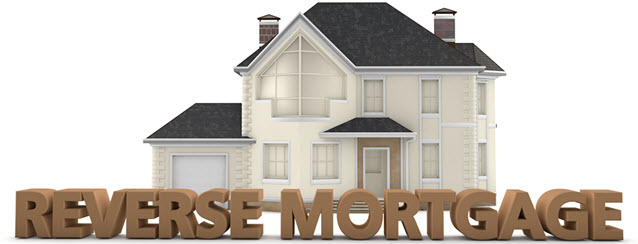
For homeowners 62 and above, a reverse mortgage enables them to convert a portion of the equity in their homes into tax-free income without selling the home, taking a new monthly mortgage payment, or giving up their title. The reverse mortgage is names such because the stream of payments is “reversed.” Instead of making monthly payments to the lender, the lender makes the payment to the homeowner.
There are three basic types of reverse mortgages:
In order for a person to be eligible for a reverse mortgage through HUD, HUD’s Federal Housing Administration requires that the borrower owns a home, is 62 years old or older, and the home is owned outright, or the mortgage balance is low and can be paid off upon closing. The borrower must also live in the home. The borrower is also further required to receive consumer information from counseling services that are approved by HUD from sources prior to obtaining the loan.
There are only certain types of homes that are eligible for reverse mortgages. The home must be a dwelling for a single family or contain two to four units that are owned and occupied. Detached homes, townhouses, condominium units and some manufactured homes do qualify. Condominiums, however, must be FHA-approved. It is possible for the individual units to qualify under what is called the Spot Loan program.
In 2022 the maximum limit for FHA-insured HECM mortgages increases from the 2021 limit of $822,375 to $970,800.

Need to Run the Numbers on a Reverse Mortgage?
We offer a reverse mortgage calculator to help you estimate your payments.
Many of the costs that a borrower pays to acquire a home loan or refinance their existing mortgage, applies to reverse mortgages as well. The borrower can expect to be charged an up-front mortgage insurance premium, an origination fee, an appraisal fee, and other standard closing costs.
The origination fee is what covers the lender’s operating expenses such as marketing costs, office overhead, etc when making the reverse mortgage. Under the Home Equity Conversion Mortgage program, which accounts for 90% of all U.S. reverse mortgages, the origination fee is equal or the greater of $2,000 or 2% of the claim amount.
Borrowers are assessed a mortgage insurance premium under the HECM program. This premium is equal to 2 percent of the maximum claim amount or the total home value, whichever is the less of the two. Plus, the annual premium after that is equal to 0.5% of the loan balance.
It is the appraiser who is responsible for assigning a market value to the home that is current. These appraisal fees usually range between $300 and $400.
An appraiser must also ensure that there are no significant structural defects, such as a leaky roof, a bad foundation, or termite damage. The appraiser must look at these things and place a value on the home.
Other costs upon closing that are charged to the reverse mortgage borrower may include:

The amount of cash that can be obtained from a reverse mortgage is dependent upon the particular program the borrower selected.
There are several ways you can elect to receive your “payments”:

The difference between a reverse mortgage and a home equity loan is that the homeowner must have sufficient income versus a good debt ratio when obtaining a home equity line of credit. The reverse mortgage, on the other hand, is different because it pays you and is available regardless of income amount. The amount borrowed does not depend on income, but depends on age, the appraised value of the home, and interest rates.
The Federal Reserve has hinted they are likely to taper their bond buying program later this year. Lock in today's low rates and save on your loan.
Are you paying too much for your mortgage?
Check your refinance options with a trusted El Monte lender.
Answer a few questions below and connect with a lender who can help you refinance and save today!